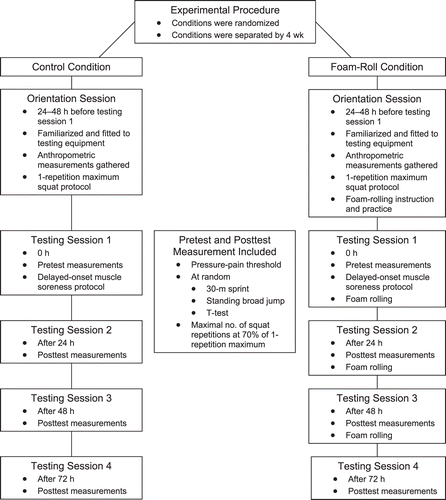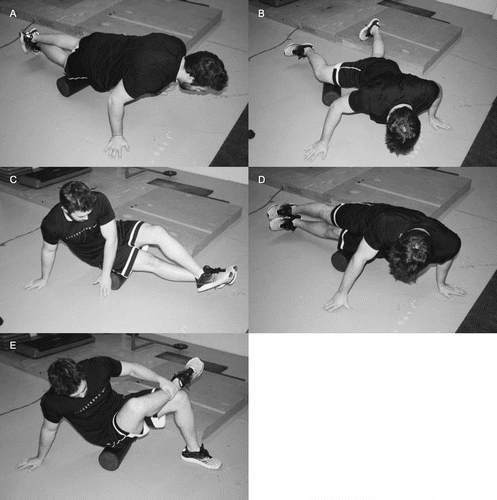Steam Rolling

Self massage using rollers, balls and other implements has long been seen anecdotally as a potential way to help recover from exercise.
This does follow on from our previous blog discussing ‘good pain’ where we find a spot of discomfort that feels good to press. (Read previous blog for full details)
But how should you roll? How much?
Well a study in the Journal of Athletic Training concluding the following key points,
- The delayed-onset muscle soreness (DOMS) protocol effectively induced DOMS and substantially decreased performance measures.
- After the DOMS protocol, foam rolling enhanced recovery and reduced physical performance decrements.
- A 20-minute bout of foam rolling on a high-density roller immediately post exercise and every 24 hours thereafter may reduce muscle tenderness and decrements in multi jointed dynamic movements due to DOMS.
- Self-massage through foam rolling could benefit athletes seeking a recovery modality that is relatively affordable, easy to perform, and time efficient and that enhances muscle recovery
(Gregory E. P. Pearcey, MSc; David J. Bradbury-Squires, MSc; Jon-Erik Kawamoto, MSc; Eric J. Drinkwater, PhD; David G. Behm, PhD; Duane C. Button, PhD, 2015, Foam Rolling for Delayed-Onset Muscle Soreness and Recovery of Dynamic Performance Measure, Journal of Athletic Training, 50(1), 5-13)
DOMS (delayed onset of muscle sorness) is a side effect of training and often occurs after new forms of exercise. It is important to note that you do not need to have DOMS to quantify a good session. You can train very well and hard and not have muscular sorness, and there for, having more DOMS does not mean you did a better session.
DOMS is thought to interrupt the quality of a movement by creating pain and stiffness around a joint. This affects the way the brain uses the area and can inhibit muscle performance. That is why we don’t want it, and why foam rolling can have a place in your training or normal lifestyle.
In the above study the following chart shows how the experiment was carried out. You can see that foam rolling was performed directly after exercise, then every 24hrs for 3 days after exercise.

And this image shows what areas and how they rolled. The study reports the athletes for instructed as follows, ‘They were instructed to begin with the foam roller at the most distal portion of the muscle. We instructed them to place as much body mass as tolerable on the foam roller at all times and to roll their body mass back and forth along the roller as smoothly as possible at a cadence of 50 beats per minute (ie, 1 rolling motion per 1.2 seconds). Foam rolling was performed for 45 seconds and followed by a 15-second rest. This was accomplished for each muscle group in each lower extremity and repeated once. Total foam-rolling time, including rest, was 20 minutes’.

PLEASE REMEMBER, foam rolling is not supposed to cause bruising or any other form of skin damage. Pressure applied needs to be consistent and comfortable!
So that is how its done!
Have a try for yourself and let us know if you have any problems.


